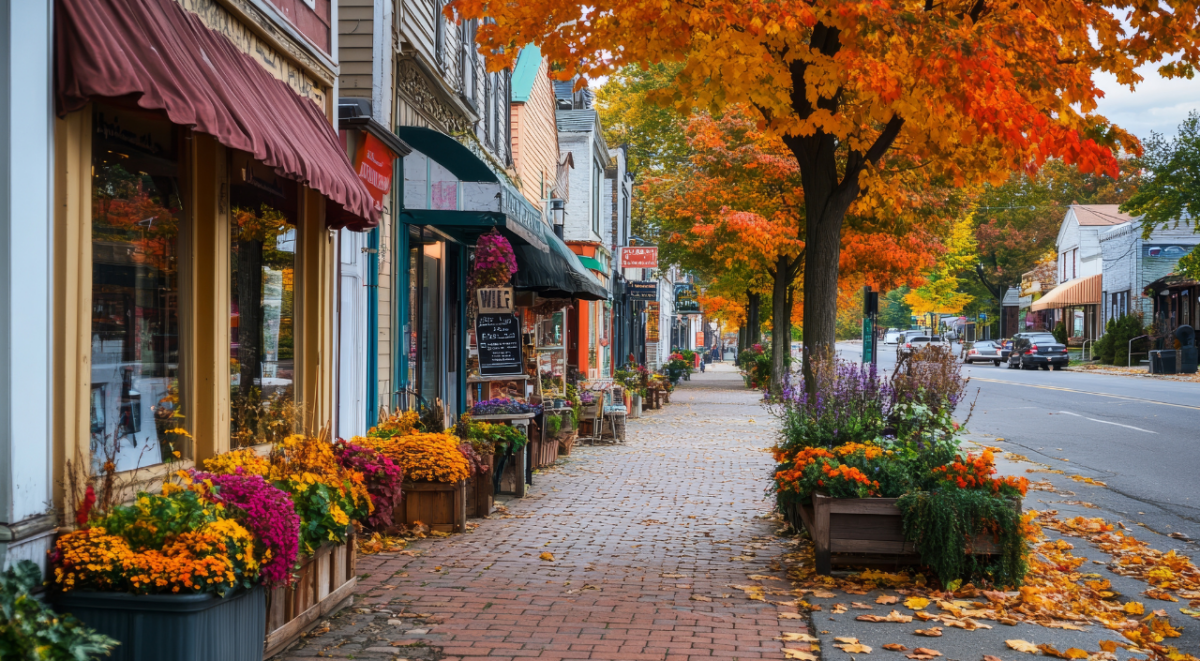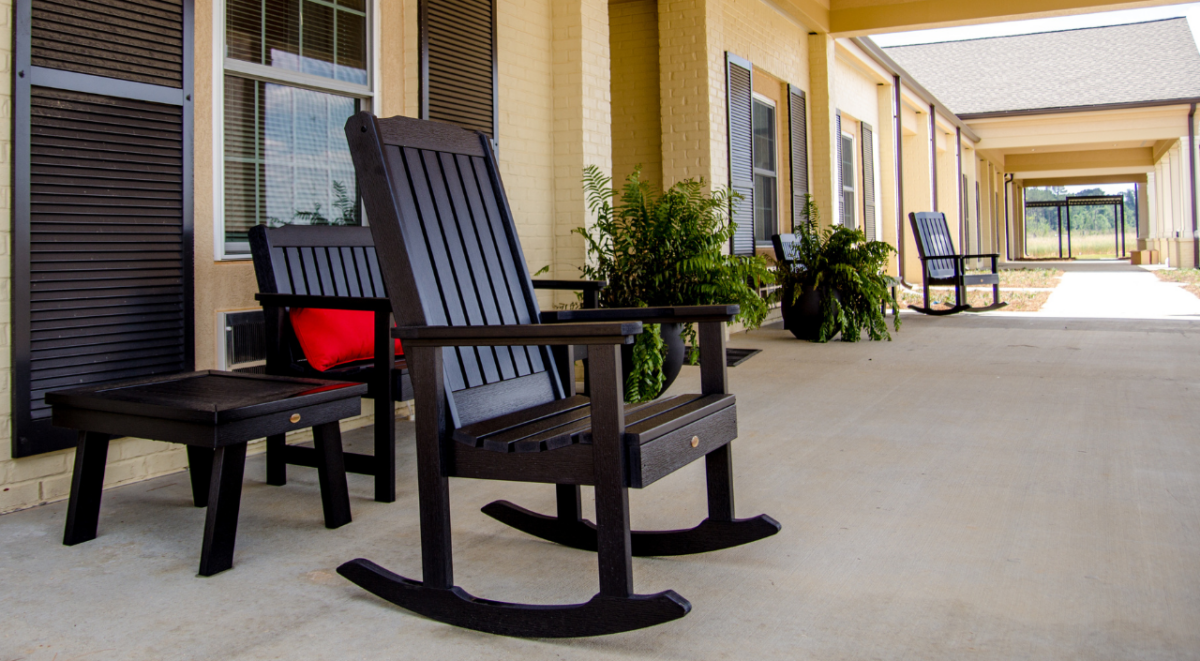What is the USDA Rural Development Business and Industry (B&I) Loan Program?
The USDA Rural Development Business and Industry (B&I) Loan Program is part of the USDA’s OneRD Guaranteed Loan Initiative which offers loan guarantees to lenders to encourage them to provide commercial funding to a broad range of rural businesses, individuals, public bodies, non-profits and more. The goal is to help support lenders meet the business and credit needs of borrowers in under-served areas, ultimately nourishing job growth and economic opportunity, while enhancing quality-of-life. Introduced in October 2020, the B&I program is one of numerous rural development business programs offered by the USDA and one of its most versatile and widely used.
What Lenders Can Provide USDA B&I Loans?
Only lenders certified or approved by the USDA or other affiliated agency, who, based upon credit examination and supervision are deemed to have the legal authority, financial strength and experience to operate a lending program can provide USDA B&I Loans. This includes certain Federal and State-Chartered Banks, Savings & Loans, Credit Unions, Farm Credit Banks and more. Some non-regulated lending institutions may be approved, provided they meet other criteria under current OneRD regulations. North Avenue Capital is a direct lender and the only specialized commercial lender that exclusively lends USDA B&I loans, nationwide.
What Kinds of Businesses Can Apply?
Both new and existing businesses that meet qualifying criteria by the USDA can apply for USDA Rural Development B&I Loans. This includes:
- Pre-existing businesses & Start-ups
- For-profit & Non-profit businesses
- Individuals, Partnerships & Cooperatives
- Publicly traded companies
- Public bodies
- Federally recognized Native American Tribes
- Non-agricultural businesses
- Certain agricultural producers who are not eligible for USDA Farm Service Agency loans
- Franchises
Individual borrowers must be citizens of the U.S. or live in the United States after being legally admitted for permanent residence. Private borrowers must show that funds are being used for the primary purpose of saving existing jobs or creating new ones and that funds will remain in the U.S.
Non-qualifying entities include golf courses, owner-occupied and rental housing, anything residential in nature, racetracks, churches, lending/investment & insurance companies, fraternal organizations, self-storage facilities and agricultural producers, with certain exceptions as noted above. Outside of this, almost anything goes.
What Qualifies as a “Rural Area” for a USDA Rural Development Loan?
This is one of the most exciting and surprising aspects about USDA Rural Development Loans. The USDA defines “rural areas” as cities or towns with 50,000 or fewer inhabitants. While that may not initially register as significant, the fact is that it represents over 97% of all American towns. In addition, a borrower’s headquarters can be in a larger city. All that is required is that the project itself be in a qualifying area. Interested parties can use this tool to check their address to determine if it is located within an eligible area.
What Can the Funds Be Used For? (Used & Not Used)
USDA Rural Development Loan funds can be used a multitude of purposes. Qualifying uses include:
- New business launch
- Business acquisition
- Business development
- Business expansion
- Business modernization
- Business conversion
- Equipment & supplies purchase
- Land acquisition and development for commercial properties
- Refinancing debt (including the ability of Direct Lenders to refinance up to 50% of loans they wrote, themselves)
- Working capital
What Are the Loan Limits?
Different programs within the USDA’s OneRD initiative have varying loan limits. For instance, Community Facilities (for facilities like health care clinics, hospitals, fire and rescue stations, town halls, community centers, rehab centers, schools, libraries, and public buildings) have a $100 million loan limit. Water & Waste Disposal loans go up to $50 million.
For Business & Industry Loans, loans limits can be for as much as $25 million and even up to $40 million for cooperatives that process certain agricultural commodities, subject to approval. Compare this to SBA 7(a) loan limits which max out at $5 million, and you begin to get a great idea of the attractiveness of these loans among competing options.
What Are the Standard Terms & Interest Rates for USDA B&I Loans?
Interest rates, loan terms, and loan guarantee percentages USDA for B&I Loans are set by individual lenders based on multiple factors including Federal credit policy, the use of the loan, assets being used as collateral, and the borrower’s presumed ability to repay the loan. That said, North Avenue Capital provided an 80 percent guarantee for most B&I loans that it underwrote in fiscal year 2021. Depending upon the purpose of the loan, terms can range from 7 to 10, 15, 30 or up to a maximum of 40 years. Highly competitive interest rates can be fixed or variable and are typically tied to the WSJ Prime Rate +1-3%.
Are There Any Additional Fees?
The application and guarantee fee for USDA OneRD loans is set at two percent of the loan, across all programs, including Business and Industry Loans.
What Kind of Credit and Collateral is Required for a USDA B&I Loan?
USDA Rural Development B&I Loans are collateral-backed loans for credit-worthy borrowers. As such, borrowers are required to securitize the loans with fixed assets valued at an amount equivalent to loan amount requested. Collateral may include any fixed assets such as cash, real estate, equipment. Lenders are required to discount all collateral consistent with sound loan-to-value policy.
In addition, a borrower must be able to show a good credit history with a credit score of at least 680, good payment history and low credit utilization. As with most loans, borrowers with higher credit scores enjoy the lowest interest rates.
Finally, the USDA requires B&I loan borrowers to have a tangible balance sheet equity position of at least 10% for an existing business, 20% for a new business and 25% for construction projects at loan closing. They must also be prepared to provide a personal and/or corporate guarantee, secure any relevant insurance required, and, if a new business, a feasibility study conducted by an independent third party.
What Kind of Documentation is Required?
The USDA requires the following documentation to complete your B&I Loan application:
- Credit reports of all owners
- Resumes of owners
- Personal or corporate financial statements of loan guarantors
- Business credit report, if applicable
- Current balance sheet
- Profit & loss statement under 90 days old, if applicable
- Business plan
- Planned number of jobs created or saved
- Average wages of jobs created or saved
- Cash-flow projections for 2 years
- Pro-forma balance sheet for projected loan closing
- Real estate and/or environmental appraisal, if applicable
- Independent feasibility study (new businesses)
How Long Does It Take to Apply for and Get a Decision on a USDA B&I Loan?
The loan application process for a USDA Rural Development B&I loan typically takes 1-3 months. The USDA usually provides a decision within 30-60 days following the submission of a completed application.
How Do I Get Started?
North Avenue Capital can help assess your eligibility for a USDA Rural Development Business & Industry Loan and if qualified, complete a loan application. We are the nation’s #1 provider of USDA B&I Loans with offices in Northeast Florida, Nevada, Arkansas, Georgia, Tennessee and Texas, and work with partners to assist clients in all 50 states. Contact us to day to get started by calling (866) 526-4950.


